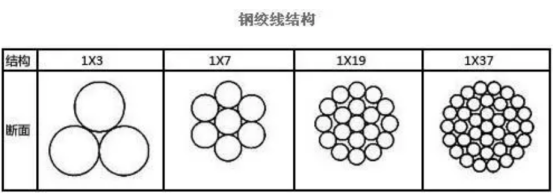The Versatility and Uses of Double-Headed Nails in Construction and Crafts
Dec . 04, 2024 11:05
The Versatility and Utility of Double-Headed Nails An Integral Tool in Construction and Beyond
In the world of construction and woodworking, having the right tools is paramount to achieving quality results. Among the numerous fasteners available, double-headed nails hold a unique place that merits attention. These ingenious nails are designed specifically to provide a combination of strength, ease of use, and reusability, making them an invaluable asset in various applications.
Double-headed nails, often referred to as duplex nails, are distinguished by their unique design featuring two heads. This design is not merely aesthetic; it serves a practical purpose. The top head is for hammering, while the second head protrudes above the surface after the nail is driven in. This characteristic allows for easy removal, making double-headed nails particularly useful in temporary constructions or where future alterations are anticipated.
The Versatility and Utility of Double-Headed Nails An Integral Tool in Construction and Beyond
Double-headed nails are also beneficial in the installation of formwork for concrete pours. Formwork is a temporary structure that holds concrete in place while it sets. Again, the ability to easily remove the nails after the concrete has cured is crucial. The dual head design provides a solid grip during the pour, ensuring that the formwork remains intact until the concrete has set.
double headed nails

Beyond construction, double-headed nails find their utility in various woodworking projects. Woodworkers who create temporary fixtures or forms often rely on these nails for similar reasons. For instance, they can be used to hold pieces together during assembly or while glue dries. The ability to remove them without damaging the wood makes them ideal for projects that require adjustments or reworking.
In addition to practical applications, double-headed nails also present advantages in cost-efficiency. Their reusable nature means that they can be extracted and utilized multiple times, reducing the need for constant purchasing of new fasteners. This not only saves money but also contributes to sustainability efforts in the industry, as it minimizes waste.
An interesting aspect of double-headed nails is their prevalence in educational settings. Carpentry classes and vocational training programs often utilize these nails to teach students about fasteners and building techniques. The ease of removal allows students to learn through experimentation without the fear of damaging their workpieces, fostering a hands-on approach to learning.
Despite their many advantages, it's essential to choose the right size and gauge of double-headed nails for specific projects. Using nails that are too long or too thick can lead to splitting and other issues in the materials being joined. Therefore, understanding the nuances of materials and the structural requirements of a project is vital for optimal performance.
In conclusion, double-headed nails are more than just a simple fastener; they are a multifaceted tool that provides significant benefits in both construction and woodworking. Their unique design offers ease of removal, which is crucial in temporary applications, and their reusability enhances cost-efficiency and sustainability. As both professionals and hobbyists continue to innovate in the field, the versatility of double-headed nails will undoubtedly maintain their relevance in various projects, ensuring that they remain a staple in the world of fastening solutions.




















